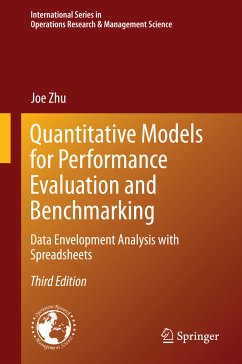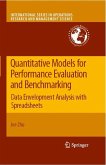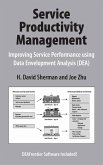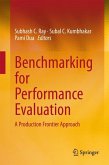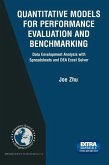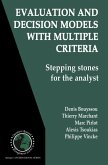Conventional and new DEA approaches are presented and discussed using Excel spreadsheets - one of the most effective ways to analyze and evaluate decision alternatives. The user can easily develop and customize new DEA models based upon these spreadsheets.
DEA models and approaches are presented to deal with performance evaluation problems in a variety of contexts. For example, a context-dependent DEA measures the relative attractiveness of similar operations/processes/products. Sensitivity analysis techniques can be easily applied, and used to identify critical performance measures. Two-stage network efficiency models can be utilized to study performance of supply chain. DEA benchmarking models extend DEA's ability in performance evaluation. Various cross efficiency approaches are presented to provide peer evaluation scores.
This book also provides an easy-to-use DEA software - DEAFrontier. This DEAFrontier is an Add-In for Microsoft® Excel and provides a custom menu of DEA approaches. This version of DEAFrontier is for use with Excel 97-2013 under Windows and can solve up to 50 DMUs, subject to the capacity of Excel Solver.
Dieser Download kann aus rechtlichen Gründen nur mit Rechnungsadresse in A, B, BG, CY, CZ, D, DK, EW, E, FIN, F, GR, HR, H, IRL, I, LT, L, LR, M, NL, PL, P, R, S, SLO, SK ausgeliefert werden.

